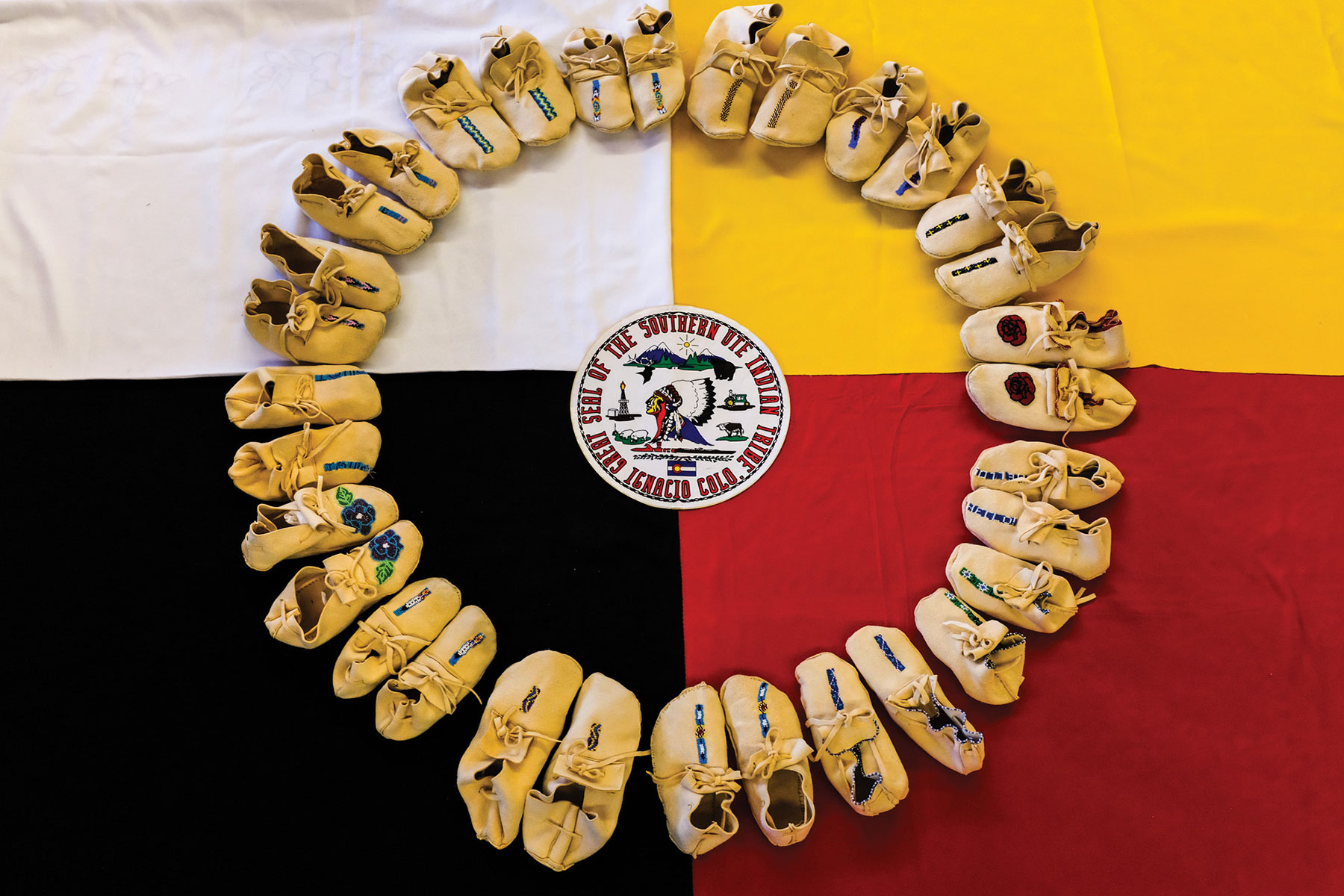Preventing Sunburn
We are fully into summer now – officially as of June 21, but with kids out of school and temperatures in the 90’s, I’m counting this as summer. Long, hot, sun-drenched days that we dreamt of in January are to be savored, but nothing ruins a golden summer day like blistering, red skin. Sun protection is important for all ages, but with kids often playing outdoors, shielding them from UV rays that carry the risk of cancer is crucial. Skin cancer is common in the U.S. with 20% of people developing at least one by age 70. We can help prevent the immediate pain of sunburn and decrease the long-term risk of skin cancer by protecting our kids’ skin from the sun.
We all want kids to play outside, for their mental health and their physical health, but at the peak of summer sun and heat, the first way to decrease the chance of a burn is to decrease outdoor play in the full sun between 10 a.m. and 4 p.m. That’s the bulk of the day and often it’s not possible, but we can at least try to keep our kids in the shade during the strongest rays.
The next layer in protection from sunburn is wearing clothes, hats, and sunglasses. There are so many sun-protective items available that are affordable and fashionable. Clothes with an UPV (ultraviolet protection factor) of at least 50 blocks nearly all the sun’s rays, meaning once you get your kid into one of those garments, their covered skin is pretty well protected.
For any skin that remains exposed, sunscreen is essential. Look for sunscreen labeled “broad spectrum,” meaning it blocks against both types of UV light, is rated SPF (sun protection factor) of at least 30, is identified as “water resistant.” and ideally has mechanical blocking minerals like titanium dioxide or zinc oxide. Get it on your child at least 15-20 minutes before they go outside so it can generate the barrier needed to prevent sunburn. Creating a routine where you put it on each morning can both get them in the habit and avoid the scenario where you pull up to your recreation destination and they are so excited to get playing that they wriggle out of your hands before you can get them adequately covered. Also keep in mind that UV rays can still cause damage even on cloudy days and that sunscreen needs to be reapplied every two hours.
A special group we should talk about are babies. Most sunscreens say not to apply to babies under six months old only because the research done on sunscreen didn’t include infants younger than six months – not because there is a magical skin change on their six-month birthday. All babies should have their skin protected against the sun. Ideally, this occurs through keeping them in the shade and covered with hats and clothes. If there are small areas of skin that are sun exposed, peeking around their sun hat or on their hands, and they cannot be in the shade, the American Academy of Pediatrics says it is better to put sunscreen on those areas than to risk them getting sunburned. Using a mineral-based sunscreen with titanium dioxide or zinc oxide is even more important in this age group.
I hope you and your families enjoy many lovely, sunburn-free days together over the next couple of months. Happy summer!
A wonderful place to find quality information about sunburn prevention and treatment in kids is healthychildren.org’s pages on “Sunburn Treatment and Prevention,” “Sun Safety: Information for Parents About Sunburn & Sunscreen,” and “Baby Sunburn Prevention.”
You can make an appointment for your child to be seen at the Southern Ute Health Clinic to talk more about sun protection or anything else by calling 970-563-4581.

